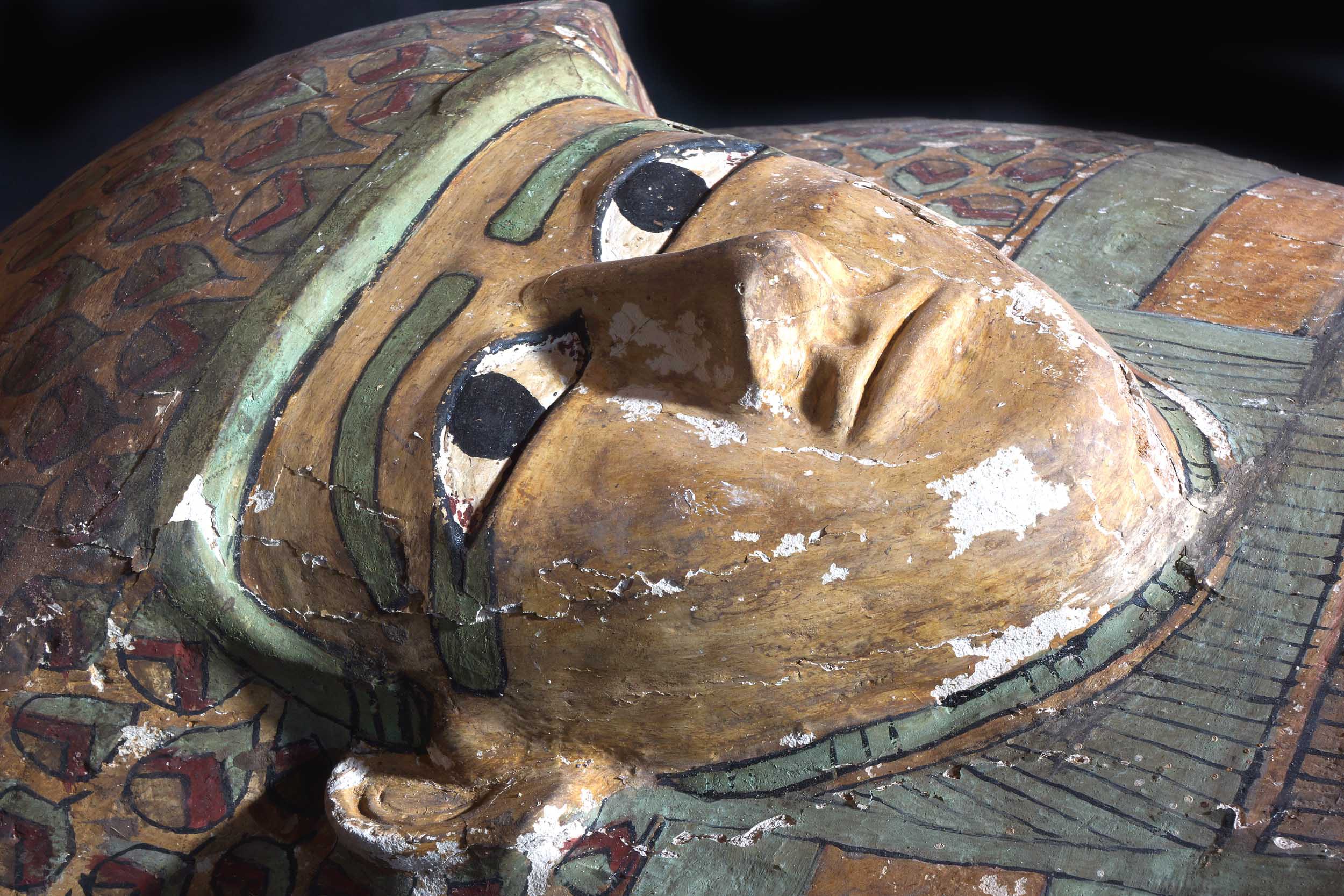Latest NEWS
- Aswat Masriya, the last word
- Roundup of Egypt's press headlines on March 15, 2017
- Roundup of Egypt's press headlines on March 14, 2017
- Former Egyptian President Hosni Mubarak to be released: lawyer
- Roundup of Egypt's press headlines on March 13, 2017
- Egypt's capital set to grow by half a million in 2017
- Egypt's wheat reserves to double with start of harvest -supply min
- Roundup of Egypt's press headlines on March 12, 2017
A step closer to solving the Nefertiti mystery?

A wooden sarcophagus that was lifted from the ground is pictured in Luxor, southern Egypt February 10, 2014, in this picture released by the Egyptian Supreme Council of Antiquities on February 13, 2014. REUTERS/Supreme Council of Antiquities/Handout via Reuters
CAIRO, Oct 1 ( Aswat Masriya) - British archaeologist Nicolas Reeves believes that he may be closer than ever before to solving the mystery of the disappearance without a trace of elusive Pharoanic Queen Nefertiti.
At a press conference Thursday, Antiquities Minister Mamdouh al-Damati and Reeves presented Reeves' theory that Nefertiti’s tomb may be hidden behind a chamber in the boy-king Tutankhamun's tomb in Luxor's Valley of the Kings.
Last year, after examining high-resolution images of King Tut's tomb by a Madrid-based art restoration specialist, Reeves reached the hypothesis that a chamber exists behind it as evidenced by the cracks on the walls, hinting that secret doorways lay behind.
Reeves said that he believes the hieroglyphics on the walls also indicate that the tomb may have been originally made for a queen who had become a Pharoah. He even suggested that the famed golden mask of young King Tut, may have even been intended for Nefertiti.
To test his theory, Reeves will need to use radar and thermal imaging to scan the tomb and differentiate between bedrock and the artificial walls.
Damati said on Thursday that the next step will be to present the project to the permanent committee of Egyptian antiquities to map out the radar's specifications, a process that could take one to three months.
Damati added that there was a 70 percent chance of the existence of other burial chambers behind the walls of Tutankhamun' tomb and that one of them may be Nefertiti’s.
Nefertiti, whose name means "a beautiful woman has come", died in mysterious circumstances during a revolution which ended her husband, Akhenaten’s, rule in the 14th century BC. She and her husband had established the cult of Aten, the sun god.
Tutankhamun ruled between 1361 and 1352 BC and died at the age of 17. His tomb was found by Howard Carter in 1922, in what is often dubbed the discovery of the century because the tomb was found largely intact.










